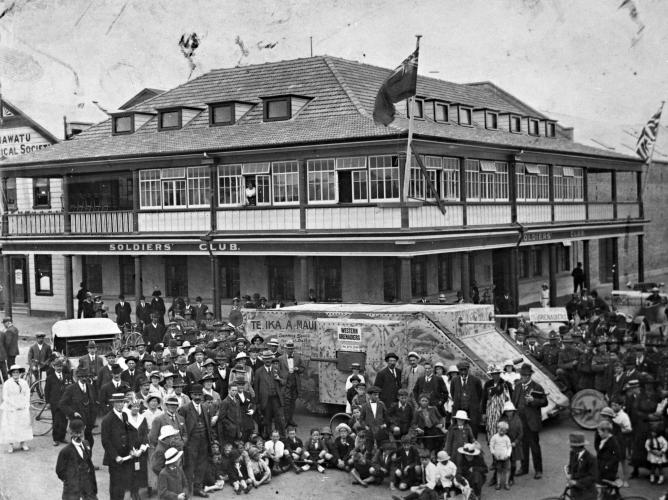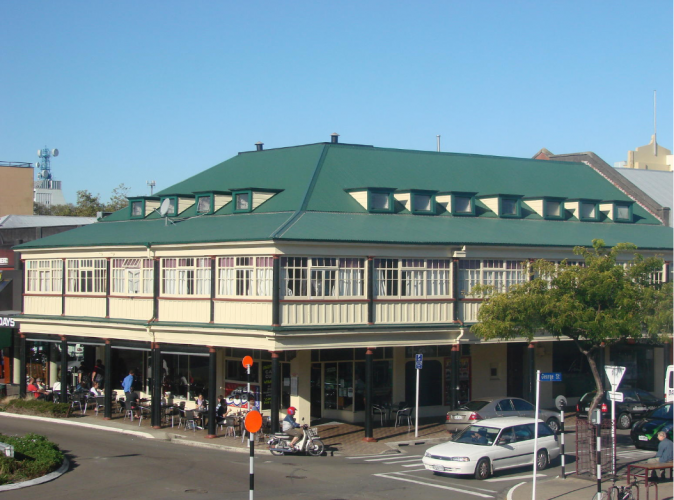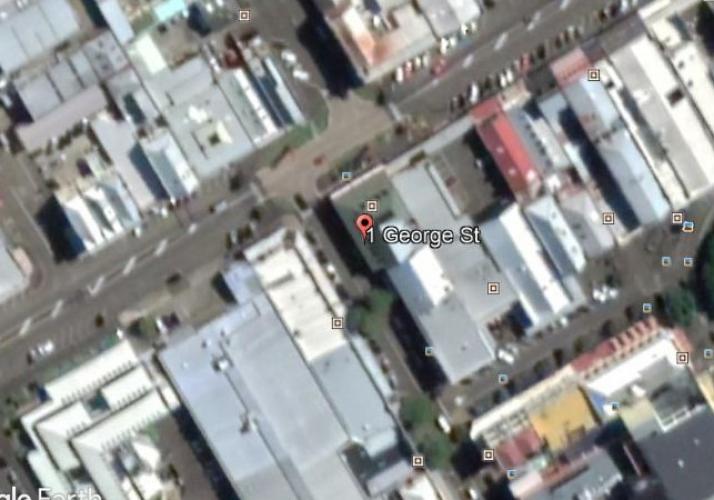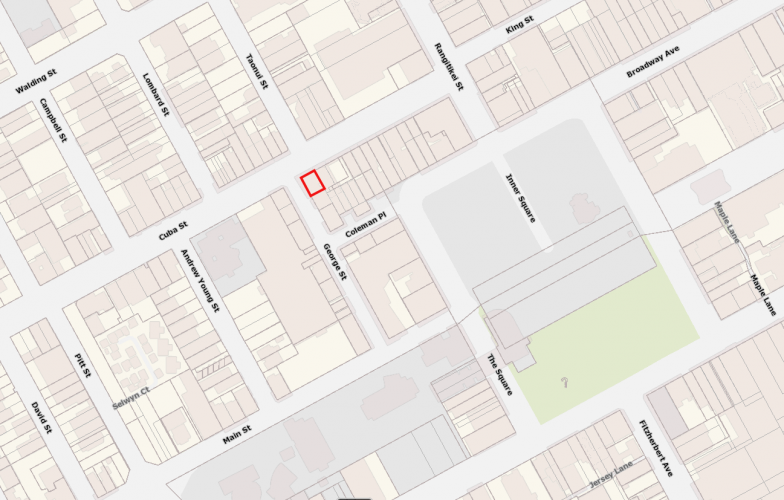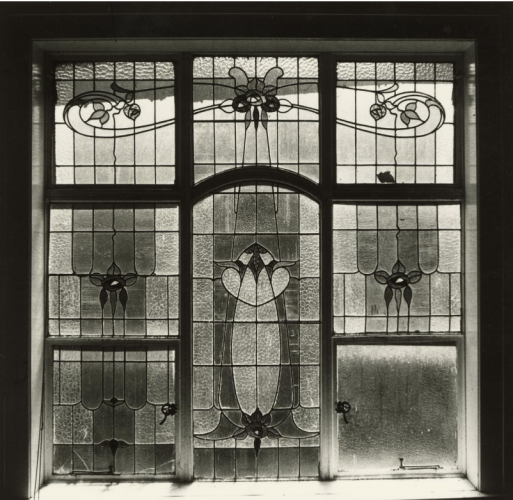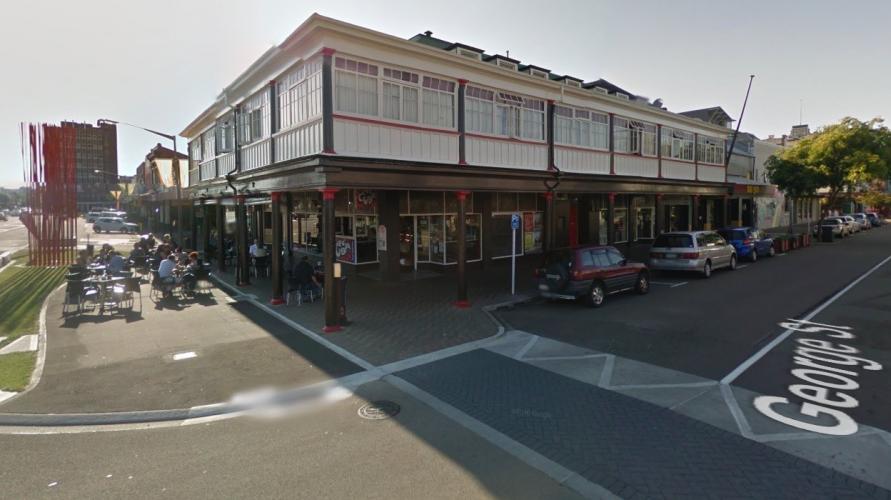Part of the 'Final Battle Campaign for Sick and Wounded Soldiers' fund raising procession outside the Soldier's Club.
Reason for the name
Also known as the Returned Servicemens’ Club Rooms and ANZAC Club, this building is a piece of Palmerston North architectural history. As part of a plan to accommodate troops training in the Awapuni area to be deployed overseas the Manawatu Patriotic Society and the Palmerston North Borough Council planned to erect a building dedicated to soldiers in 1916.
Also known as the Returned Servicemens’ Club Rooms and ANZAC Club, this building is a piece of Palmerston North architectural history. As part of a plan to accommodate troops training in the Awapuni area to be deployed overseas the Manawatu Patriotic Society and the Palmerston North Borough Council planned to erect a building dedicated to soldiers in 1916. At the time, The Opera House on Broadway was utilised as a temporary building in which to entertain troops. With a view to a more permanent location and building suited to this function, fund-raising events accumulated over £15,000 towards the building, with a Mr P A McHardy donating the section on which the building was to be erected. The building was also dedicated by Mayor J A Nash in the opening proceedings to “the memory of the men who left New Zealand to fight for King and Country”.
Palmerston North City Council. “1-7 George Street & 236 Cuba Street 236 - Former RSA Building”. URL: https://www.pncc.govt.nz/news-events-and-culture/heritage-buildings/1-7-george-street-236-cuba-street-236-former-rsa-building/. Accessed 12 February 2018
Author: Evan Greensides, Heritage Assistant for Palmerston North City Libraries & Community Services.
The ANZAC Club lies on the corner of Cuba and George streets. The building was included as a Historic Place Category 2 listing on 2 July 1982 and is a unique example of the work of Ludolph Georg West, an early Palmerston North architect, and former Mayor, who crafted many buildings around the city. It currently houses Café Cuba on the ground floor and communal living space on the second floor.
The original Soldiers’ Club Building was to be a four-storey building with three shops on the ground floor. The first floor was to contain a social room, a parcel room, and a club office. The second floor was to have a reading room, a billiard room, two writing rooms and a smoking room, while the top floor was to have a sitting room, a kitchen, dining room, a number of sleeping dormitories, two bathrooms and lavatories, and a caretaker's bedroom. This ambitious scheme came under public scrutiny, with some readers of the Manawatu Standard expressing concern at how accessible a four-storey building was for disabled veterans, as well as the building being an accessible convenience which some might never leave to look for work. As a result of these concerns, the design was reduced to two floors, with the ground floor shops being replaced with various social rooms.
The tender to erect the building was granted to Messrs. Rolfe & Dickel, with concrete being the preferred material over steel. The foundation stone was ceremonially laid on 28 February 1917, and the building was described one of the most elaborate of its kind in New Zealand, being an excellent example of Neo-Georgian design. The official opening occurred on 8 December 1917, with Prime Minister Massey, Sir Joseph Ward and many other government and military officials in attendance. Massey spoke of the Club as a place where:
They would be able to come together and fight their battles over again in which they had made a name for themselves and for the country they had belonged to. In Egpyt, Gallipoli, Palestine, and one the west front they had made history. The Club would form an emblem of the appreciation of their good military respect, and of their good conduct… it is intended to remind the people of the Dominion that the men who had been sent forward had done everything it was possible to do in fighting for the peace and security of their fellow citizens.
While the primary building was operated by the Returned Soldiers’ Association, multiple shops and businesses have been located on the premises since 1936 on the ground floor, including hairdressing salons, a furniture shop in the 1950s and takeaways store in the late-1980s. Alterations were made to the building in 1945, with PNCC Building Permit G5/1-9 showing enlargement of the Billiard Room, addition of a card and reading room, as well as the creation of a basement to act as a store room. On 17 August 1942 the original Palmerston North Returned Soldier’s Association Inc was renamed to The Returned Services’ Association Inc (RSA). The building was used by the RSA until 1970, when it was sold to Anchor Holdings. The RSA then moved to the former Manawatu Daily Times building in Broadway Avenue, before returning to Cuba Street in 2015, setting up new club rooms at the Distinction Hotel, a mere 100 metres from the original Soldiers’ Club Building. After being sold back to the Council, a full refurbishment was undertaken in 1993 by PNCC, with the building being sold to the current private owners after completion.


